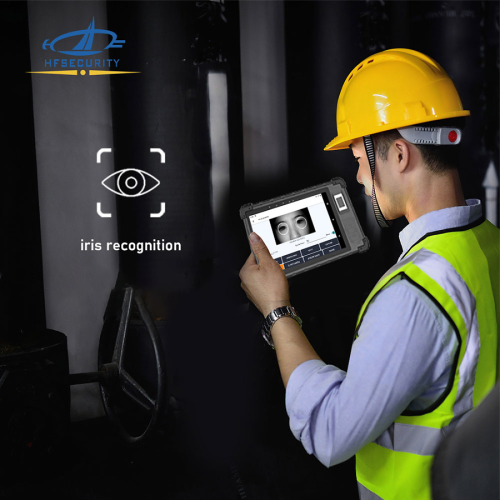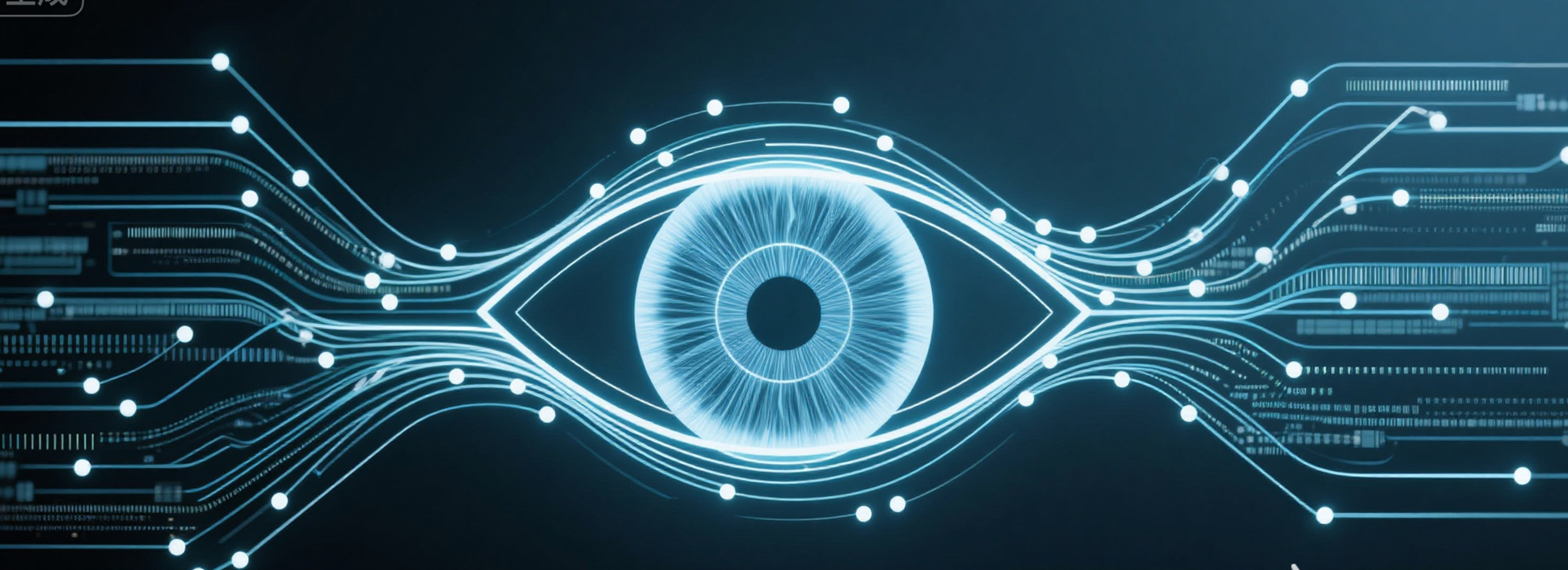What is Iris Recognition?
홍채 인식 is a biometric identification method that uses the unique patterns in the iris—the colored part of the eye surrounding the pupil—to verify an individual’s identity. Each person’s iris is unique, even between identical twins, and remains stable throughout their lifetime. This makes it a highly secure and reliable form of authentication. Iris recognition is commonly used in high-security environments such as airports, government agencies, banks, and research facilities.
How Iris Recognition Works
he process of iris recognition involves several steps to ensure accuracy and security:
Image Capture – A specialized camera captures a high-resolution image of the iris, often using infrared light to reduce reflections and improve clarity.
Iris Localization – The system detects and isolates the iris area from the rest of the eye image, excluding eyelids, eyelashes, and reflections.
Feature Extraction – The unique patterns, textures, and colors of the iris are converted into a digital template.
Comparison and Matching – The template is compared against stored templates in a database to verify the user’s identity.
Decision – If the match meets the required threshold, access is granted; otherwise, it is denied.
Thanks to its precision, iris recognition can achieve false acceptance rates (FAR) and false rejection rates (FRR) lower than many other biometric systems.
Advantages of Iris Recognition
1. Exceptional Accuracy
One of the biggest advantages of iris recognition is its unmatched accuracy. The iris contains hundreds of unique characteristics that remain stable throughout a person’s lifetime. This makes it nearly impossible to duplicate or forge, reducing the risk of identity fraud.
2. High Security
Since iris patterns are internal and protected by the cornea, they are difficult to capture without the person’s cooperation. Combined with liveness detection technology, iris recognition can effectively prevent spoofing attempts using photos, videos, or artificial eyes.
3. Non-Contact and Hygienic
Unlike fingerprint scanners that require touch, iris recognition is a contactless authentication method. This not only improves hygiene but also ensures consistent performance, even for users with dirty or wet hands.
4. Fast Authentication Speed
Modern iris recognition systems can process and verify identities in just a few seconds, making them ideal for high-traffic environments such as airports, government facilities, and corporate offices.
5. Works in Various Lighting Conditions
Advanced iris scanners can operate in both low-light and bright-light environments, ensuring reliable performance indoors and outdoors.
Disadvantages of Iris Recognition
1. Higher Cost of Implementation
One drawback of iris recognition is its relatively high initial investment. The specialized cameras and sensors required for accurate scanning can be more expensive than other biometric methods like fingerprint recognition.
2. User Acceptance Issues
Some individuals may feel uncomfortable with having their eyes scanned due to privacy concerns or misconceptions about safety. This can affect user adoption rates in certain environments.
3. Performance Limitations in Certain Cases
Although highly accurate, iris recognition may face challenges if a user is wearing colored contact lenses, has severe eye injuries, or is affected by glare during scanning.
4. Requires User Cooperation
For accurate results, users need to position themselves correctly in front of the scanner. In high-speed access scenarios, this may require additional guidance or training.
5. Environmental and Maintenance Considerations
Dust, smudges, or scratches on the scanner lens can affect accuracy, requiring regular cleaning and maintenance.
결론
홍채 인식 technology offers high accuracy, strong security, and contactless operation, making it one of the most reliable biometric authentication methods available today. However, its higher costs and certain user acceptance challenges mean it may not be suitable for every application. When evaluating iris recognition advantages and disadvantages, organizations should consider their specific security needs, budget, and operational environment. In many high-security sectors, the benefits outweigh the drawbacks, making iris recognition an ideal choice for modern access control systems.
자주하는 질문
Yes. 홍채 인식 is completely safe because it uses infrared light to capture the iris image, which is harmless to the human eye. The technology does not store an actual eye image, but rather a digital template of the iris pattern, ensuring privacy and security.
Iris recognition is widely used in airports, border control checkpoints, government facilities, corporate offices, financial institutions, and even smart home security systems. It is preferred in high-security environments where accuracy and reliability are essential.
Iris recognition is one of the most accurate biometric technologies, with false acceptance rates (FAR) as low as 1 in 1.2 million. This makes it more secure than fingerprint or facial recognition in most cases.
Iris recognition focuses on the unique patterns in the iris of the eye, while face recognition analyzes facial geometry. Iris recognition generally offers higher accuracy and is less affected by aging or changes in facial appearance, but face recognition can be faster and more convenient in some scenarios.
Yes. Most modern iris recognition systems can work even if you wear clear glasses or regular contact lenses. However, colored contact lenses or lenses with special patterns may interfere with scanning accuracy.
문의하기
We would love to speak with you.
Feel free to reach out using the below details.




